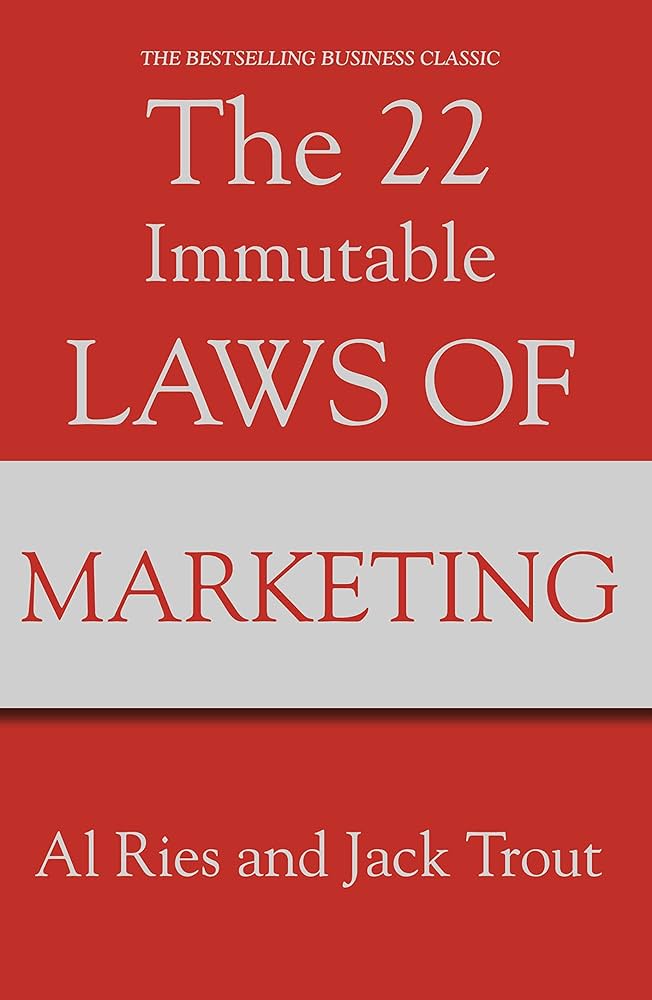The 22 Immutable Laws Of Marketing by AI Ries & Jack Trout

Why This Book?
As a software engineer, I recognized that despite my proficiency with AI and technology tools, I lacked essential marketing skills. This deficiency was hindering my ability to effectively sell products online. In my quest to bridge this gap, I stumbled upon "The 22 Immutable Laws of Marketing" by Al Ries and Jack Trout. This book has been a revelation, offering deep insights into the principles of marketing. Here, I will share three significant concepts from the book for my reference and yours.
Big Ideas
1. The Law of Perception
In India, Maruti Suzuki is a household name. However, it is perceived primarily as a mass-market brand, struggling to penetrate the premium segment. To address this, Maruti launched a new brand, Nexa, which has had some success in selling premium cars. Although it has a long way to go to compete with German brands, it is a step in the right direction.
Similarly, marketing is all about perception. It is not about having the best product but about being perceived as the best. The advertising, taglines, and positioning are all about embedding the brand name in the consumer's mind until it becomes the first choice. For example, Pepsi is perceived as youthful, while Coca-Cola is seen as old-school.
You may build a great product, but the buyer should perceive you as a great product.
2. The Law of Category
Have you ever wondered why Maruti produces so many car models even though their prices are often similar? The answer lies in categories. To become a market leader, companies position themselves by creating sub-categories. These sub-categories are further broken down into smaller niches.
Within these small categories, leaders emerge. For instance, Mahindra is the market leader in the SUV segment in India. As a developer, I fall into the sub-category of lead frontend engineers. If you cannot become the number one detergent seller, create a sub-category like liquid detergent and dominate it. This is what Godrej Consumer Care is doing with the liquid detergent market.
A sub category may not fully kill the parent category. For example kindle did not replace books completly.
Instead of building a "me-too" product, create a sub-category and be number one in that category.
3. The Law of Duality
In the long run, every market is dominated by two major players. This phenomenon is inherent in market dynamics. For example, in India, the telecom market, now an essential commodity, is dominated by two giants: Jio and Airtel. The third player, Vodafone, and others continually lose market share to these leaders.
This pattern is evident in various categories:
- Premium Motorcycles: Royal Enfield and KTM
- Soda: Coca-Cola and Pepsi
- Premium Detergents: Surf Excel and Ariel
- Search Engines: Google and Bing
Once the market is polarized by two companies, people perceive them as superior and choose them repeatedly.
Conclusion
This book has been an eye-opener, helping me understand the marketing dynamics around me. I now comprehend why the Indian telecom market is a duopoly between Jio and Airtel. As a developer, I realize the importance of choosing a sub-category and gaining market share there, rather than competing in the general segment.
While the book is highly informative and offers actionable ideas, it is not a manual that can be implemented in its entirety. It provides a foundation of marketing principles that one can adapt and build upon.